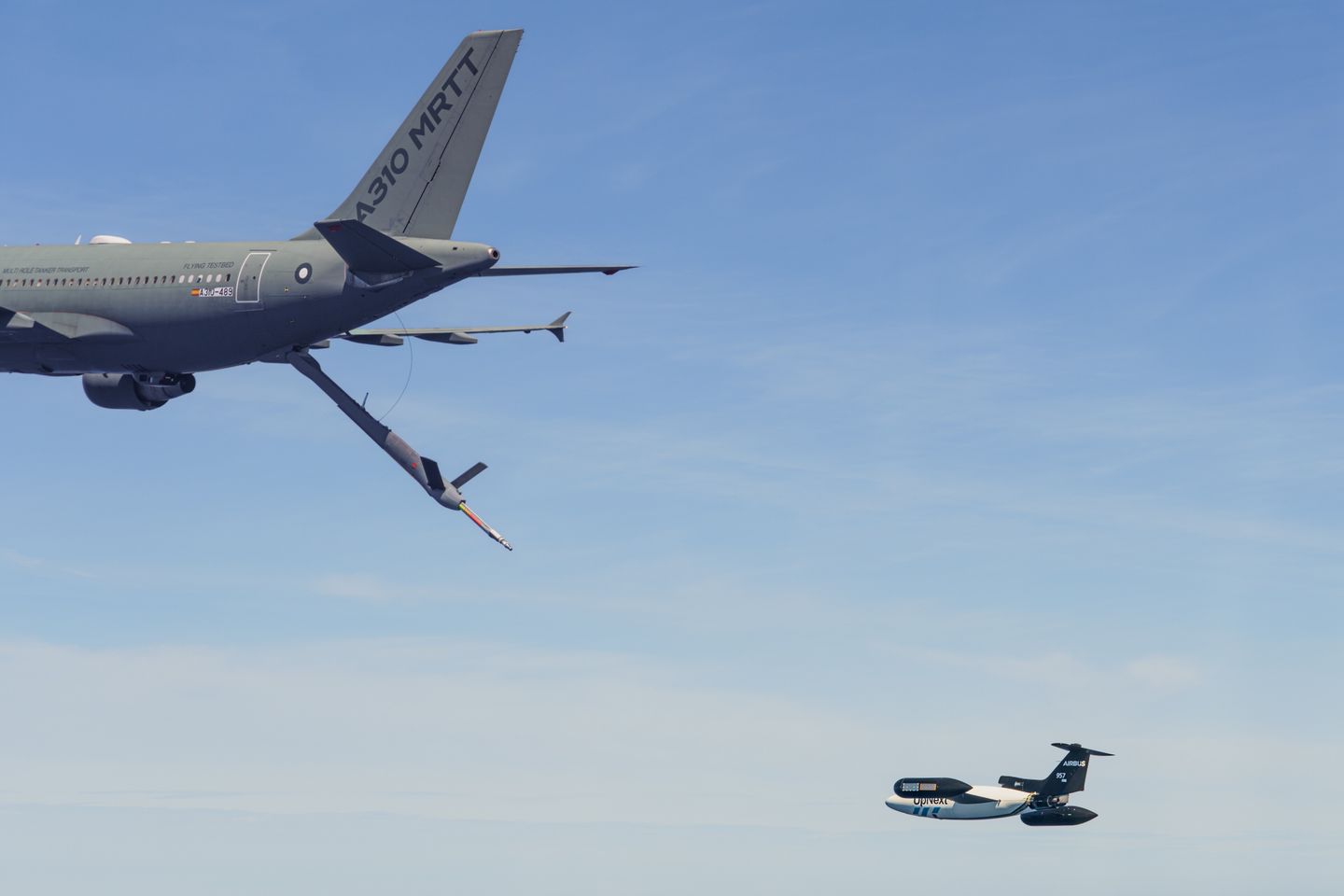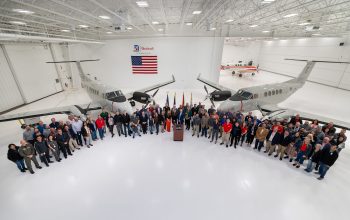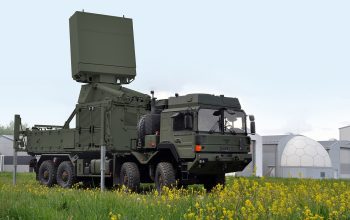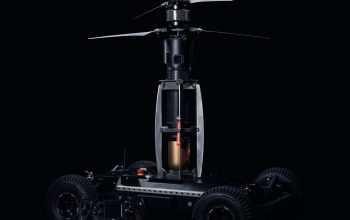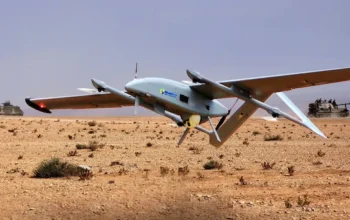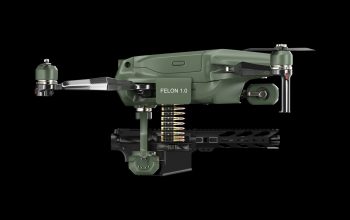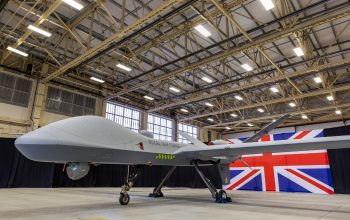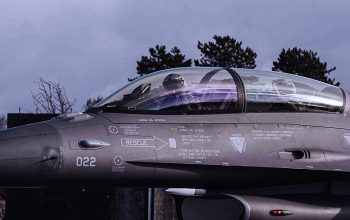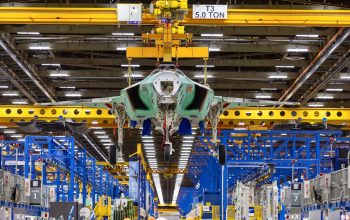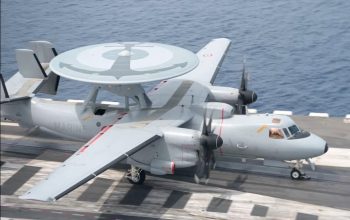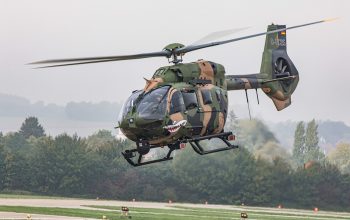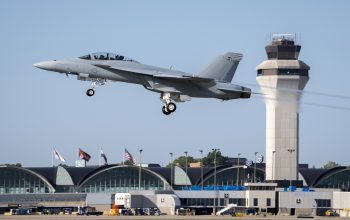Aerial refuelling is an increasingly vital capability for military force projection, and Airbus-developed technology to automate the in-flight “topping off” of aircraft will revolutionise this process – with wider applications for both the defence and civil aviation sectors. Disruptive technology for fully autonomous in-flight refuelling – designated Auto’Mate – is being evolved by the Airbus Defence and Space business unit in collaboration withAirbus UpNext, the company’s wholly-owned innovation subsidiary. Airbus UpNext also is pursuing such cross-division projects as pilot assistance technologies to further enhance flight safety and aircraft operational efficiency, along with new propulsion systems and aircraft design to face sustainability challenges. Last March, a successfulAuto’Mate demonstration using an Airbus testbed tanker aircraft and four unmanned drones marked a major milestone for the autonomous in-flight refuelling capability, which will be followed later this year by an even more ambitious flight campaign.
By automating in-flight refuelling without the need for human intervention, an aerial tanker can take control of a “receiver” aircraft from several kilometres away and autonomously guide and control it into the proper position to receive fuel, followed by the actual fuel transfer via the tanker’s refuelling probe, completed by a safe separation maneouvre at the operation’s completion. As importantly, the Auto’Mate technology opens the way for aerial refuelling of non-piloted combat air vehicles such as drones, apart from the technologies reuse in remote carriers and “loyal wingman”operations – which are key unmanned elements of Europe’s Future Combat Air System (FCAS). Additionally, Auto’Mate could eventually lead to autonomous aerial tankers without a crew aboard. The in-flight refuelling procedures utilised today require demanding and precise coordination between an aerial tanker’s crew and the pilot of the “receiver” aircraft. By applying autonomous technologies, the process will benefit from enhanced safety, reliability and efficiency. Other advantages are the ability to conduct more effective operations – including the transfer of fuel in very low visibility conditions, and the reduction of training costs for flight crews.
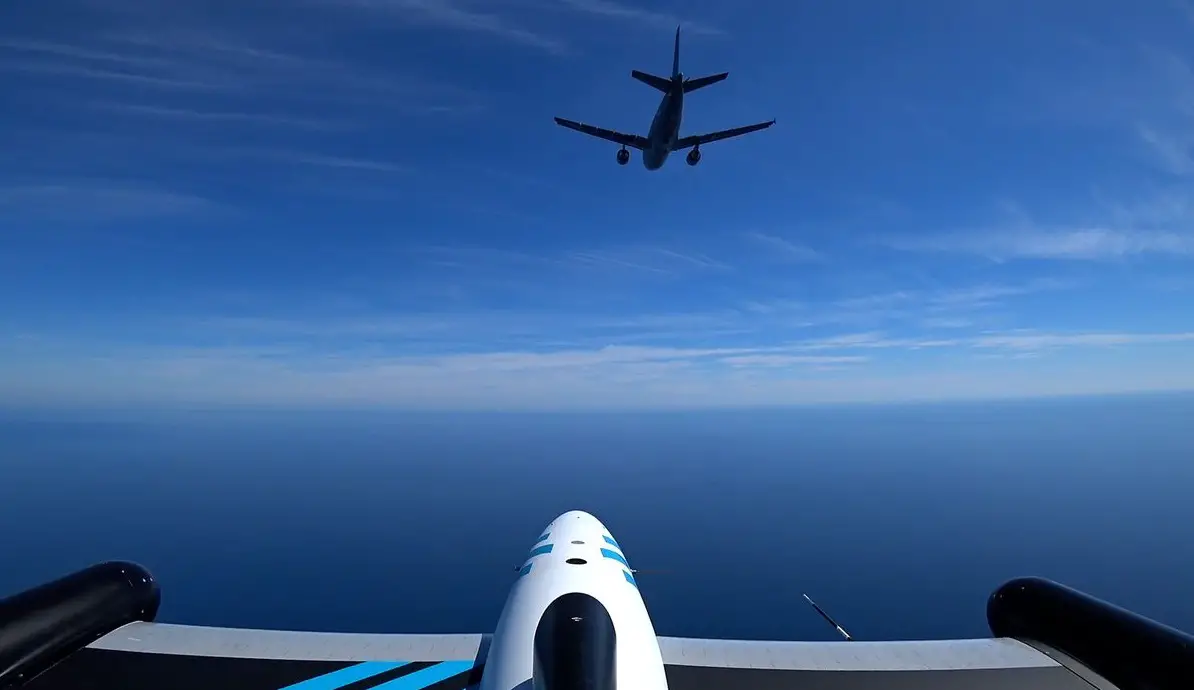
In evolving autonomous in-flight refuelling, Airbus is focusing on three primary technological bricks:
- Different types of cameras (resolution, field of view), high-precision satellite global positioning, and LiDAR (Light Detection And Ranging) sensors, combined with Artificial Intelligence algorithms;
- Advanced intra-flight communications networks;
- And cooperative control and collision avoidance algorithms.
Airbus is well positioned to take this next step for aerial refuelling, building on its experience in the domain – beginning with its A310 MRTT (Multi Role Tanker Transport) which entered service in 2004, and followed by the new-generationA330 MRTT.
The A330 MRTT positions Airbus as a leader in the multi-role tanker transport sector, having already pioneered such advancements as the use of fly-by-wire control for the refuelling probe and its development of a high-definition 2D/3D digital system for enhanced viewing by the fuelling operators. A total of 60 A330 MRTTs have been ordered by Australia, France, the North Atlantic Treaty Organization (NATO), Saudi Arabia, Singapore, South Korea, the United Arab Emirates and the United Kingdom, with the aircraft fleet logging thousands of flight hours in the support of military deployments and humanitarian operations. In a first step towards Autonomous Formation Flight and Autonomous Air-to-Air refuelling (A4R), the technologies demonstrate a significant breakthrough for future aerial operations involving manned and unmanned assets. Airbus Defence and Space and the company’s wholly-owned subsidiary, Airbus UpNext, have achieved in-flight autonomous guidance and control of a drone using an A310 MRTT.
? BREAKING NEWS – Auto'Mate successfully completes 2nd & final flight test campaign. Airbus, for the first time ever, tested the technologies for autonomous air to air refuelling based on controlling & guiding multiple drones from Multi Role Tanker Transport (MRTT) aircraft.… pic.twitter.com/BSvOYNxO6R
— Airbus Defence (@AirbusDefence) November 22, 2023


